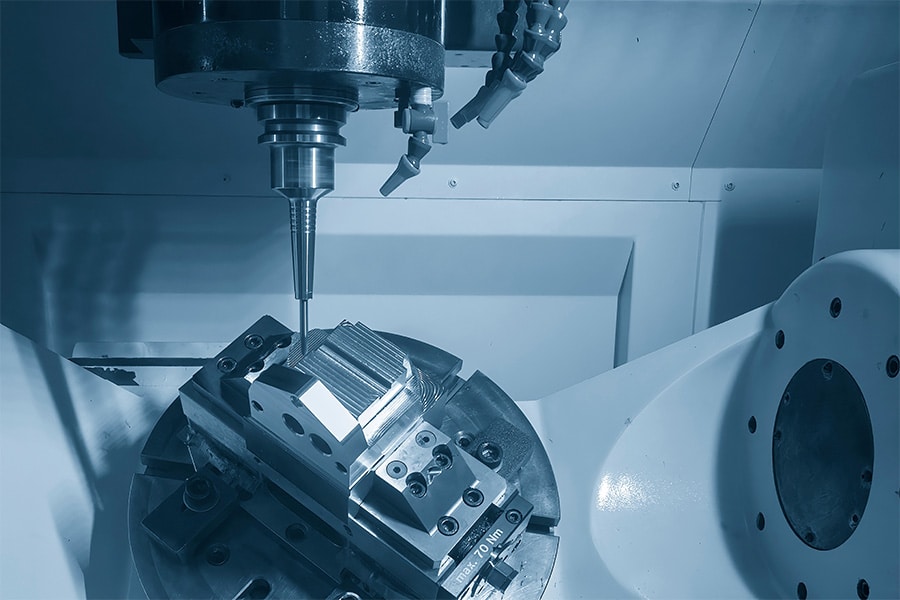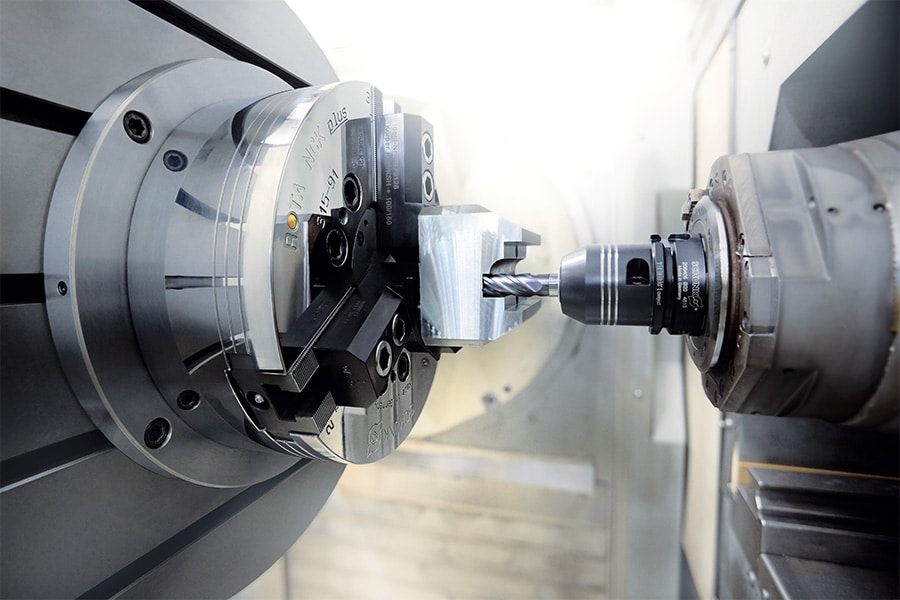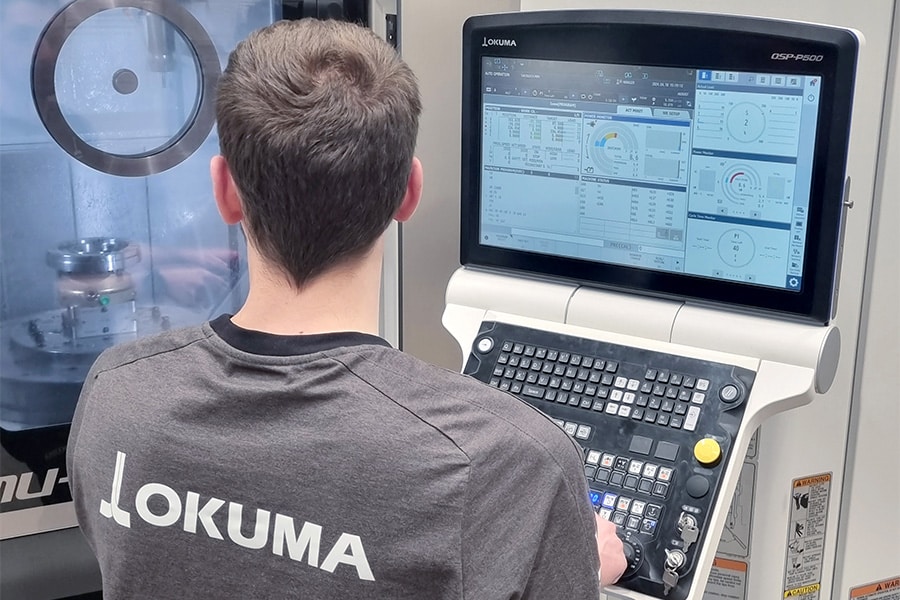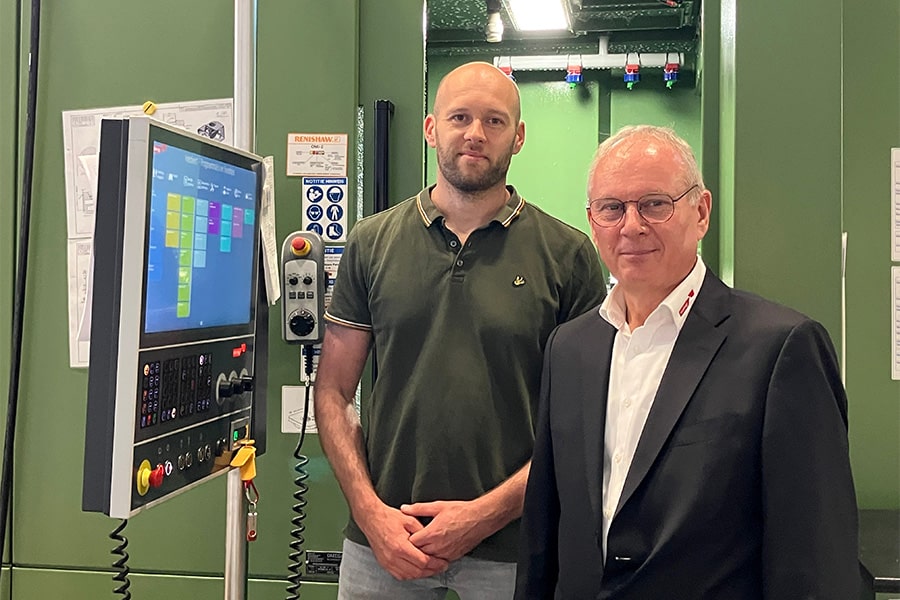
Considerations when choosing a zero-point tensioning system
It is now common knowledge that zero-point clamping systems reduce set-up times and thus lead times. What all good zero-point clamping systems have in common today is high accuracy and clamping force. But this does not make things easier for a potential customer, as he has to choose from a large number of possible systems. What are the decisive aspects that make a good one a very good zero-point clamping system?
As for the investment cost of a zero-point tension system, it's worth looking beneath the surface. If the system is subject to wear and tear, consider the cost of spare parts and associated repairs. So how complicated and time-consuming is removing and installing the individual parts? If the maintenance of the zero-point tensioning system is very complex, it not only costs time and money, but also gets on the user's nerves. Even if they are not always obvious, it certainly helps to factor these factors into the purchase decision.
Expandability
It is almost impossible to immediately think of everything when purchasing a zero-point clamping system. After all, this system can handle a lot of possible applications and clamping situations. A certain expandability, modularity and flexibility in the work process are therefore advantageous. This ensures that at the time of investment, the user does not necessarily have to worry about future jobs and varying component sizes. The ability to add sheets to the original setup on the machine table afterwards takes that worry away from the user.
Compatibility and adaptability
When it comes to new investments, companies initially think about machinery. Tools and clamping systems are usually the last of their concerns, bubbling up only after the machine is already there. Therefore, the zero-point clamping system will have to match the machine tool one has and not the other way around. The more universal the character, the better. But no manufacturer will be able to offer a zero-tension system that works for all CNC machines. Adaptability is therefore all the more important. So how well or how easily can the zero-tensioning system be adapted to specific machine characteristics?
Pneumatic or mechanical?
One aspect closely related to this is how the zero-point clamping system works and thus the corresponding requirements inside the machine tool. Is the preference for a pneumatic variant or a system with purely mechanical clamping? Without going too deeply into the respective advantages, it can certainly be said that both alternatives have their raison d'être.
Ease of use
Regardless of whether it is Monday or Friday and regardless of whether employee A or employee B sets up the machine, the result must always be the same: consistently high process and production quality. At the same time, the changeover process should be as simple as possible. The easier something is to operate, the better. This is no different with zero-point tensioning systems. From comprehensibility of the system to ergonomics of the work (does the worker have to lean far into the machine to reach the screws?) The worker must feel that his work has added value and that he does not have to struggle through processes - whether mental or physical. A good system provides exactly this added value.
Conclusion
The points described make it clear that a good zero-point tensioning system is not determined solely by its accuracy and holding power, let alone its price. Above all, factors that are not always visible at first glance often make the difference. In particular, a high degree of flexibility and adaptability represent special added value for the user. In addition, good zero-point tensioning systems score points for their versatility and user-friendliness. The more all these requirements are taken into account, the more suitable the zero point tensioning system is for everyday use and practical application.



